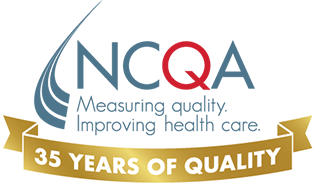No. Growth charts (height, weight, BMI or BMI percentile) do not meet criteria for physical developmental history for the W34 measure. The intent of the developmental history component (physical and mental) is to determine if the child was assessed for specific age-appropriate physical and mental developmental milestones, which are behaviors or physical skills seen in children as they grow and develop. For the W34 measure, examples of mental developmental milestones include ability to speak understandably, identify colors and define words appropriately. For the W34 measure, examples of physical developmental milestones include the ability to hop, throw a ball, draw and make a block tower. Documentation of "developing appropriately" or "normal development" meets criteria for both physical and mental development. Documentation of "growing appropriately" (without notation about "development") does not meet criteria for physical or mental developmental history.
Additional examples can be found in the Appendices of the Bright Futures Pocket Guide Guidelines for Health Supervision of Infants, Children, and Adolescents (http://brightfutures.aap.org/pdfs/bf3%20pocket%20guide_final.pdf).
